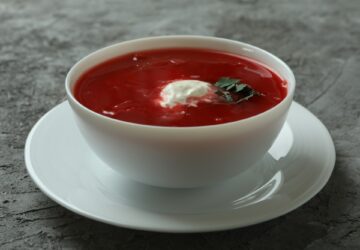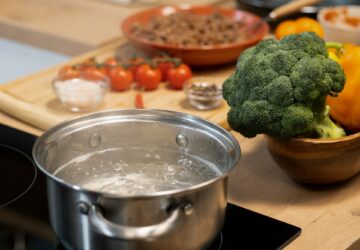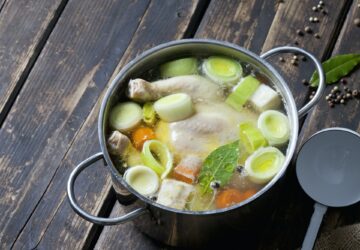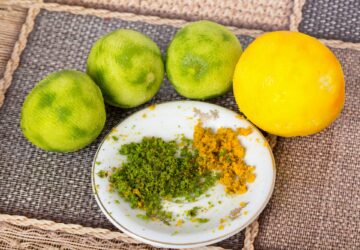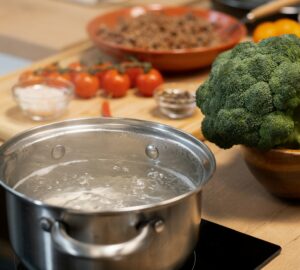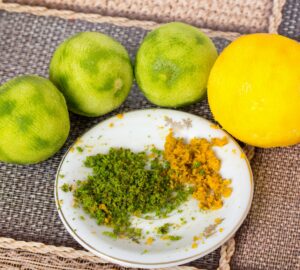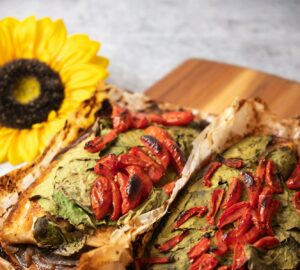Emulsification is a process used in the food and cosmetic industries to mix two or more immiscible substances. These immiscible substances can include oil and water, which typically do not mix together. Emulsification is used to create a stable and uniform mixture of these two substances.
Emulsification is achieved by combining the two liquids and adding an emulsifier, which acts as a stabilizer. Emulsifiers can be natural or synthetic depending on the application. For food applications, common emulsifiers include egg yolk or mustard. In cosmetic applications, lecithin or glyceryl stearate are commonly used.
The Emulsification Process
During emulsification, the emulsifier molecules line up on the surface between the two immiscible liquids. This creates a barrier that prevents the liquids from separating. The emulsifier molecules also reduce the surface tension between the two liquids, making it easier for them to mix together.
The emulsification process can be carried out using various methods, including mechanical and high-pressure processes. Mechanical processes include shaking or stirring the mixture, while high-pressure processes involve using high-pressure homogenizers to break down the liquids and force them together.
Applications of Emulsification
Emulsification is used in various industries, including food, cosmetics, and pharmaceuticals. In the food industry, it is used to create products like salad dressings, sauces, and mayonnaise. In the cosmetics industry, it is used to create products like lotions, creams, and makeup. In the pharmaceutical industry, it is used to create products like creams and ointments.
Emulsification is a widely used process in many industries, and it plays an essential role in producing a range of products. It is an effective way to mix two or more immiscible liquids and create a stable and uniform mixture. By understanding the emulsification process, it is possible to appreciate the numerous uses and applications of this technique.
